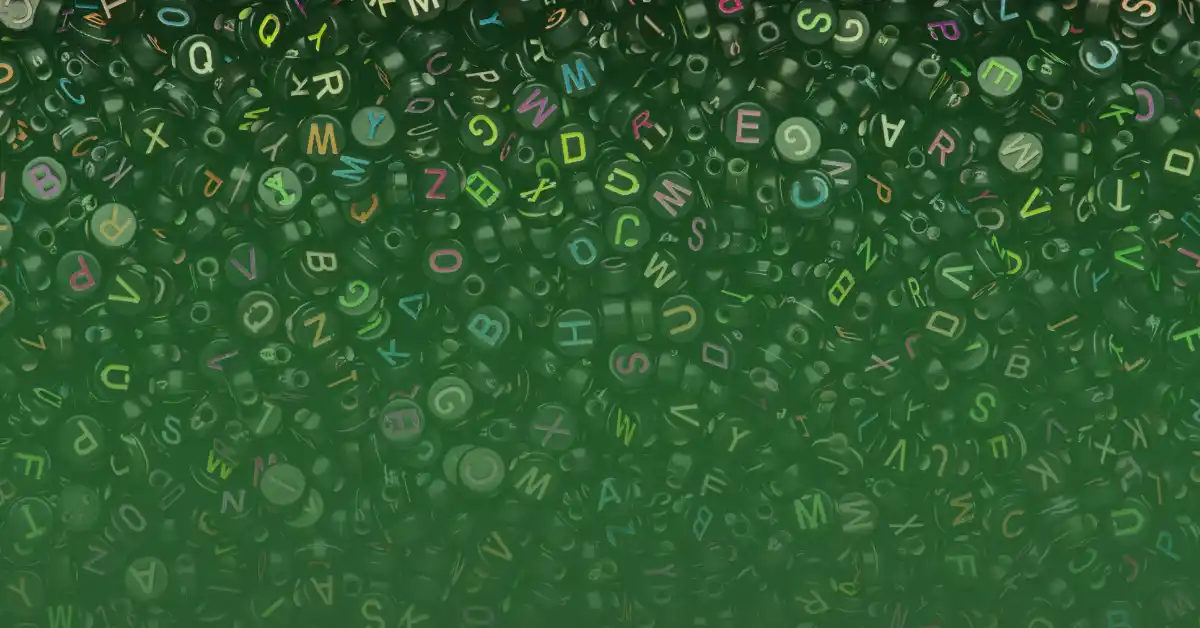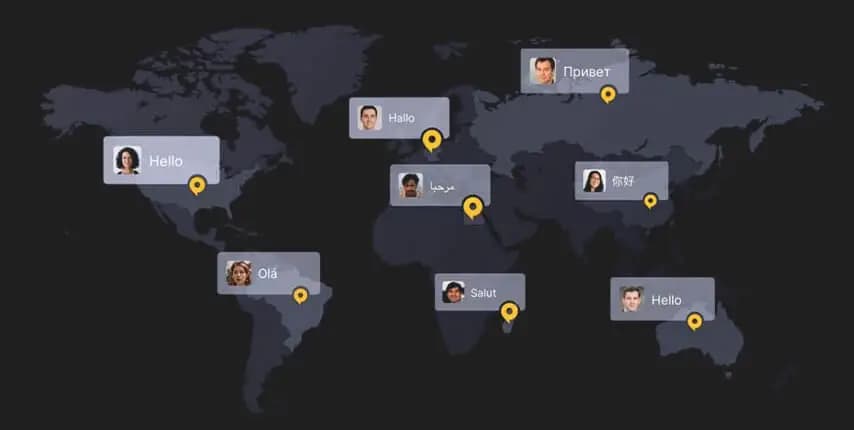Two Rare Languages: Hassaniya and Yiddish
Knowledge of languages is the doorway to wisdom. Translators are some of the few who hold the key to such wisdom, and a selected minority of such few can unlock the wisdom hidden in rare languages.
The scarcity of linguists who provide rare languages services makes it difficult to come by helpful localization and translation resources.
Therefore, reaching out to and exploring the culture of rare language speakers can be a challenge.
Putting the spotlight on Hassaniya language and Yiddish language can clarify the barriers faced by linguists when trying to provide localization and translation services for rare languages.
1. Hassaniya Arabic
Hassaniya language is an Arabic dialect, spoken by the Beni Ḥassān Bedouin tribes, who extended their authority over most of Mauritania and Morocco’s southeastern and Western Sahara.
Hassaniya Arabic ISO Code is “mey”.
It belongs to the Afro-Asiatic language family and uses the Arabic alphabet.
According to Ethnologue, there are approximately 3 million Hassaniya speakers, distributed as follows:
- Mauritania: 2,770,000 (2006)
- Algeria: 150,000 (1985)
- Western Sahara: Unknown
- Mali: 175,800–210,000 (2000)
- Morocco: 195,000 (1995)
- Libya: 40,000 (1985)
- Niger: 10,000 (1998)
- Senegal: 162,000 (2015)
Dialects play a crucial role when searching for Hassaniya vendors. For example, Nemadi language is not only a Hassaniya dialect but also a mixture of Zenaga and Soninke.
Such knowledge ensures choosing the right translator or agency to maintain quality standards.
Hassaniya-to-English translation involves unique features that make localization both challenging and fascinating.
2. Yiddish Language
Yiddish is considered the historical language of Jews, with its roots tied to the Ashkenazi community.
It has around 1.5 million speakers worldwide. The language has two main dialects:
- Eastern Yiddish (
ydd) - Western Yiddish (
yih)
Yiddish uses the Hebrew alphabet. Before World War II, many Yiddish-speaking Jews in North America were hesitant to translate Yiddish into English, fearing it would discourage younger generations from preserving Yiddish literacy.
However, translated works in poetry and prose still found their way into publications such as the Jewish Frontier.
Yiddish translation requires deep awareness of dialects and cultural nuances.
Professional translation providers ensure accuracy and authenticity, overcoming challenges while preserving the meaning and literary richness of the original material.
Your Gateway to Rare Language Translation
Whether you need Hassaniya Arabic or Yiddish translation and localization, Saudisoft provides professional linguists with cultural expertise to ensure quality and authenticity.
Our services cover script translation, adaptation, and localization to help you bridge communication gaps across rare languages.









